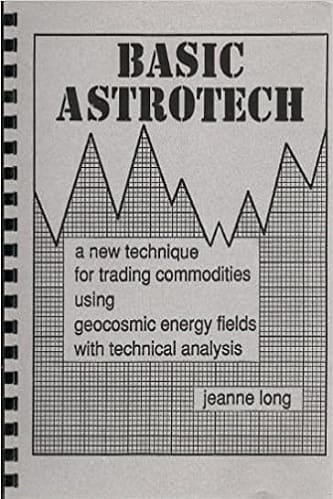Articles
The Morning Telegraph
GANN FORETOLD RUN OF STOCKS
W.D. Gann has scored another astounding hit in his 1922 stock forecast issued in December 1921. The forecast called for first top of the bull wave in April, second top in August, and the final top and culmination of the bull market October 8 to 15, and strange as it may seem, the average prices of twenty industrial stocks reached the highest point on October 14 and declined 10 points in thirty-days after that date.
Mr. Gann predicted a big decline for the month of November. He said in the 1922 forecast – “November 10-14 panicky break.” During this period stocks suffered a sever decline, many falling 10 points or more in four days and on November 14 lowest average prices were made with 1,500,00 shares traded in on the New York Stock Exchange.
I found his 1921 forecast so remarkable that I secured a copy of his 1922 stock forecast in order to prove his claims for myself. And now, at the closing of the current year in 1922, it is but justice to say I am more than amazed by the result of Mr. Gann’s remarkable predictions based on pure science and mathematical calculations. The North Side News stands for a clean Wall Street and has rendered a great public service in helping to rid Wall Street of the bucket shop evil by publishing a series of articles in conjunction with the Magazine of Wall Street. We believe in banding a fake, and we believe in giving credit where due.
Suggested Books and Courses About Gann Techniques
GANN NO TIPSTER
W. D. Gann is no “Wall Street tipster” sending out market letters and so-called-inside information – Mr. Gann’s results are obtained by profound study of supply and demand, a mathematical chart of money, business and commodities. He determines when certain cycles are due, and the order and the time when market movements will follow.
During the past thirty years many men have proclaimed discoveries and theories to “beat the Wall Street game,” most of which resulted in loss to their followers. They could always tell by the chart just why the market did it after it happened. Mr. Gann’s theory differs from the others in that he tells months in advance what stocks are going to do.
His forecast stated that some stocks would make high this year in April, some in August and others in October – the month when he predicted the bull movement would culminate. Of a list of a hundred stocks; thirty made highest price in April and many declined, while others continued higher, twenty made high during August, and fifty made high of the year in October. from which the largest decline of the year has taken place.
His 1922 forecast indicated final tops on railroad stocks for August 14. The Dow Jones’s averages on rails made high August 21 and reached the same average levels on September 11 and October 16, but did not exceed the high made in August, which was made seven days later than the exact date called for in the forecast.
HIS CHART A FACT
Stock Market accurate long-range forecasting, as W. D. Gann is doing, sounds almost unbelievable, and how he does it I do not know, but the writer does know that he does it. My attention was first called to his 1921 Market Forecast, in which he predicted stocks would be bottom in August, 1921, and advance to December, 1921. They did so. His chart or graph of the market one year in advance is a fact, and that the course of the stock market follows it astoundingly close is equally a fact.
Mr. W. D. Gann says the trouble with most chart makers is that they work with only one factor – space movements or charts which record one to two points up or down – whereas there are three or more factors to be considered, space, volume and time. The most vital is time, and back of that is the cause of recurrence of high or low prices at certain intervals. I asked Mr. Gann: “What is the cause behind the time factor?”
He smiled and said: “It has taken me twenty years of exhaustive study to learn the cause that produces effects according to time. That is my secret and too valuable to be spread broadcast. Besides, the public is not yet ready for it.”
“Water seeks its level,” continued Mr. Gann. “You can force it higher with a pump, but when you stop pumping it requires no force to cause it to return to its former level. Stocks and Commodities are the same. They can be forced above their natural level of values to where lambs lose all fear, become charged with hope and buy at the top. Then stocks are permitted to sink to a level where hope gives way to despair and the most rampant bull becomes a bear and sells out at a loss. My discover of the time-factor enables me to tell in advance when these extremes must, by the law of supply and demand, occur in stocks and commodities.”
- The Morning Telegraph Interview With Gann By Arthur Angy (Financial Editor, The North Side News)




